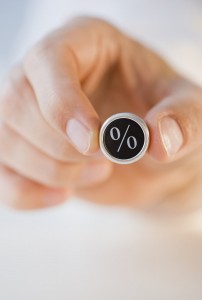A recent study reveals that Michigan is second in the whole United States when it comes to deer collisions. Industry analysts say that the statistics could be used by insurance providers as a basis for another round of price hike in Michigan.
 A study sponsored by a group of Michigan auto insurance companies show that drivers in Michigan have a one in 78 chance of colliding with a deer. This places Michigan in number two spot for such car crashes, just next West Virginia with a one in 39 chance. Statistics also reveal that most collisions happen around October, November, and December.
A study sponsored by a group of Michigan auto insurance companies show that drivers in Michigan have a one in 78 chance of colliding with a deer. This places Michigan in number two spot for such car crashes, just next West Virginia with a one in 39 chance. Statistics also reveal that most collisions happen around October, November, and December.
The Southeast Michigan Council of Governments (SEMCOG), a government group, reports that there were 6,280 collisions of that kind in southeast Michigan alone back in 2007. The following year, state total went up to 61,010. This resulted to 12 human casualties. SEMCOG, together with Michigan Deer Crash Coalition (MDCC), is planning to raise a program which aims to raise deer-car crash awareness among drivers. MDCC, an organization based in Lansing, Michigan, was created in 1996 to specifically address the growing cases of such accidents.
MDCC on its website reports that deer-vehicle crashes cost drivers and insurance companies in the state $130 million in each year. The average claim filed for each accident is at $2,100, with most of the damages sustained at the front end of a vehicle. In severe cases, a car could be left unusable.
Analysts say that the recent increase in deer accidents will unavoidably push premium rates up. Consumer groups say that this will cause greater burdens on the part of policyholders since Michigan already has the 12th highest premium rates in the country. The groups call out to drivers to join in an effort to reduce deer-vehicle accidents to prevent further rise in premium rates.
MDCC enumerates ways drivers can reduce their risk of avoiding vehicle crashes with deer. Volunteers, mostly working for government offices, tell drivers to be mindful of deer-crossing signs because they signal an active deer crossing area. They also point out that deer are most active from 6 to 9 pm.
They advise drivers to take extra precautions when they see antelopes crossing the street. The animals usually travel in herds so it is very likely that more will cross the street. MDCC reminds drivers that deer whistles are not always reliable. The group also advises drivers not to swerve out of the way if collision can no longer be avoided since it will only cause them to lose control.


